Feminine spirituality, by definition, is rooted in communication and interconnectedness, the sweet spot for all of art. We use it to express our deepest longings, fears, feelings, joys, and thoughts. We use art to speak, to remember, to make our innermost thoughts real. Art is the intersection of the material world and the ethereal realm of spirituality, a meeting of two profound aspects of human existence. Despite the feminine nature of art, the world’s cultures and societies have often barred or seriously hindered women’s expression, especially in the realm of the spiritual.
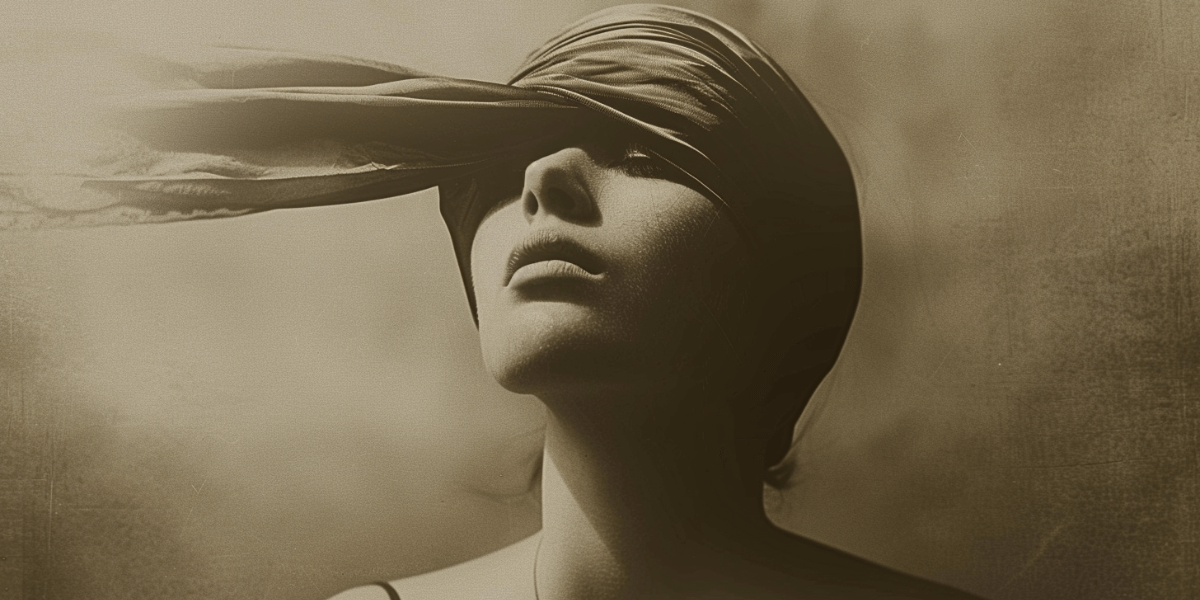
Unsurprisingly, there are few female artists of Renaissance frescoes. Fast forward four hundred years, and we find only two famous female Impressionists - TWO - and on it goes. Writers were never EVER women, so they wrote under male names. Just ask Jane Austin, Virginia Woolf, the Bronte sisters, George Eliot, and Louisa May Alcott. They could be literati in their day, provided no one put two and two together and found them out. They could publish as men.
Music was no better. Clara Schumann gave up her piano so that her husband’s “greater” talent would shine even brighter. Examples are prevalent and remember, the first woman to win an Academy Award for best director was just sixteen years ago, despite the first movie studio opening in 1919. It took only a century for women to arrive in Hollywood’s top spot.
The headwinds against women’s expression in art have been historically strong. When feminine spirituality and the need to express finally overwhelmed the opposition, women stepped into what Virginia Woolf called “A Room of One’s Own” and began to make art in the daylight. Slowly, at first, then all at once, women could make a living making art. Billions more have since found an artistic voice to speak and tell their stories. The result is a cacophony of voices, expressed through many different mediums that all said, we are here, we are wildly alive, and this is how it feels.
The name Mother Nature says it all. Nature is the feminine, mother earth, a source of wisdom and inspiration that fuels feminine spirituality. More masculine spiritual traditions, such as Christianity, prioritize the spiritual over the physical and see nature as an obstacle to tame, reap, or remove on the way to spiritual enlightenment. Feminine spirituality does not hold this view.
In feminine spirituality, nature is seen as a partner in the journey, offering valuable insights and lessons. This connection to nature often informs the artistic expressions of feminine spirituality, with many artists drawing on natural imagery and themes in their work.
Georgia O’Keefe used the barren desert as backdrop for huge lush flowers; Frida Kahlo, horrifically injured in a bus crash, used a wounded deer as her avatar in paintings, and often the jungle presses in from her backgrounds, wild animals stare outward at the viewer, and everything in that painting is an aspect of her.
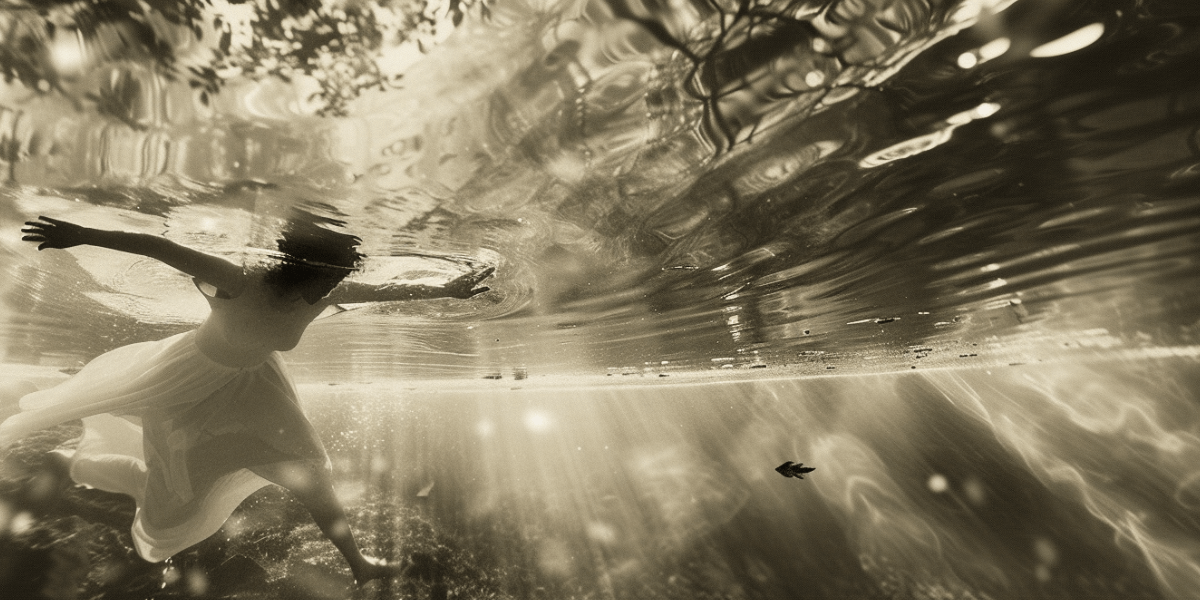
Art is a conversation between the spiritual and physical worlds that is both enlightening and transformative. Through creation, we show our thoughts, emotions, and ideas via a physical object that you can look at, touch, use, listen to, and watch.
It is simply what each individual believes it to be. No more, no less. Art can be as simple as pumpkins scattered across a porch by a happy soul one fall or the lifetime of work building La Sagrada Familia, Gaudi’s famous unfinished Catholic church in Barcelona.
Art is a way to express what is beyond words. Music speaks directly to the soul without the need for an intermediary such as language. The same is true of painting and sculpture. This is particularly true in the context of spirituality, where experiences often transcend the limitations of language.
Art transcends the barriers of language, allowing spiritual experiences to be shared and understood in a more universal way.
Feminine spirituality can be expressed in a variety of art forms, from painting and sculpture to music and dance. For example, the work of Georgia O'Keeffe, with its focus on natural forms and the feminine experience, can be seen as an expression of feminine spirituality.
Similarly, the music of female artists such as Joni Mitchell, Stevie Nicks, and Tori Amos often explores themes of nature, spirituality, and the feminine experience. These artists and their works serve as powerful examples of how feminine spirituality can be expressed through different artistic mediums, each offering a unique perspective on the spiritual journey.
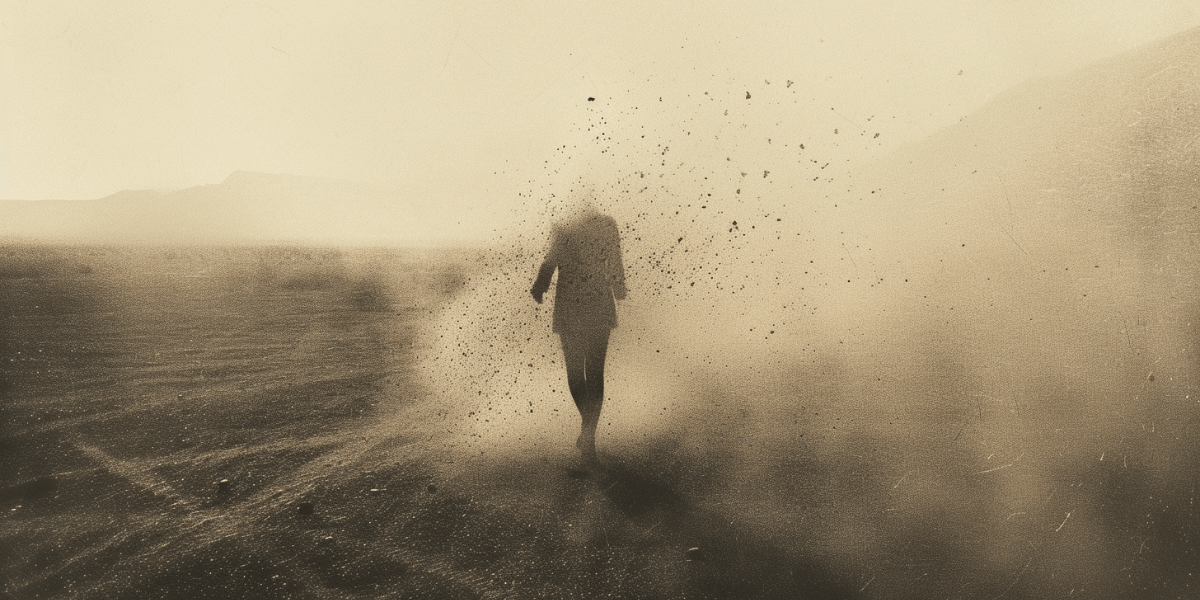
Creativity plays a crucial role in expressing feminine spirituality. Through the creative process, women can explore their spiritual experiences and insights, translating them into a form that can be shared with others. This process can also serve as a form of spiritual practice, with the act of creation serving as a form of meditation or prayer. It's a process that not only allows for the expression of spiritual experiences but also facilitates spiritual growth and development.
Architect Maya Lin, a brilliant woman in a world of men, is in constant relationship with her creativity. She tells of the silence it requires and its ability to strike like lightning. She has taken years to design a house, but the design that rocketed her to fame as an undergraduate at Yale University - the Vietnam Memorial in Washington, D.C. - hit like an ax swing. When she saw the site for the memorial, she said, “I wanted to cut the earth open right there.”
Chosen from the largest number of submissions for public spaces in history, Lin took her wedge of dirt out, and highly polished black stone walls were dropped in to hold up what remained. Then, she carved the name of each American who died in the Vietnam War. Rather than appearing like a cold headstone, the wall reflects back the sometimes reflective, sometimes stricken faces of visitors, remembering their loss, creating an endlessly changing portrait of war. The originality, impact, and beauty of her achievement cannot be overstated.
May Lin is one of the many actualizations of Virginia Woolf’s dream, a female artist. Creativity is not just a tool for expressing feminine spirituality; it is also a spiritual force in its own right. Artists speak of being filled with an energy they cannot describe precisely but report that all sense of time and place falls away as they create. There is no beginning and no end to anything; everything expands exponentially while in this place – first and foremost, the human soul.
Art connects to the divine through the same mechanism it expands the internal world; all cares of time and space drop away as one creates.
While creating, the artist often feels as if she or he is receiving guidance from somewhere else. That somewhere else is the point.
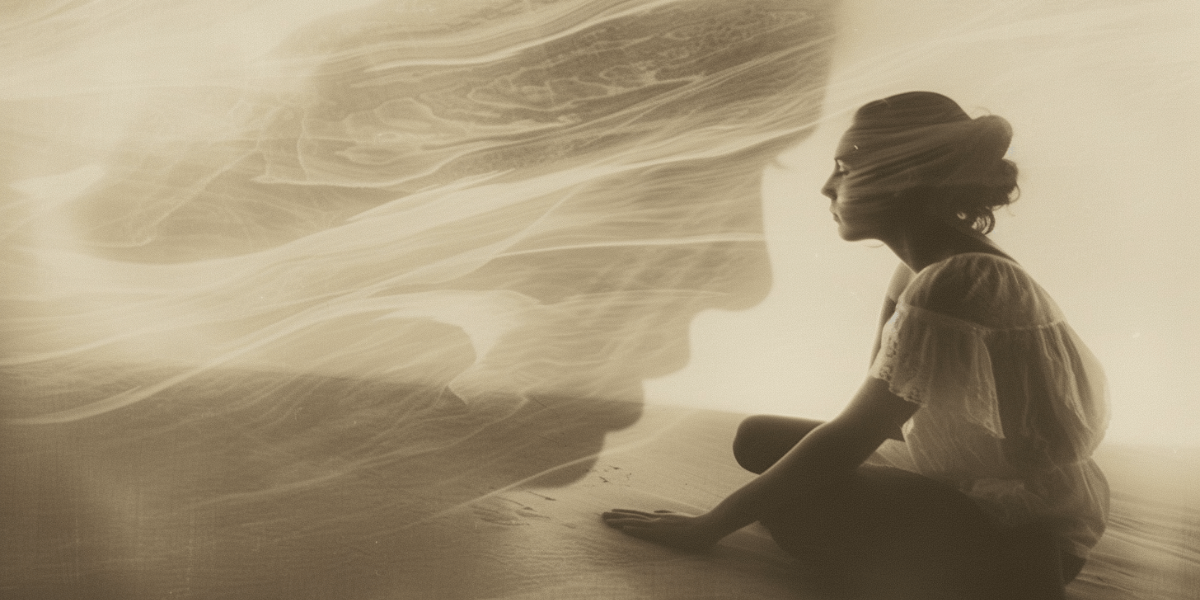
Creativity can serve as a powerful tool for spiritual awakening and expression. As one begins a spiritual practice, creativity in any medium serves as a space for meditation and prayer. Art, like spirituality, requires being present in the moment with an open heart to receive the energy of the universe.
In feminine spirituality, there is often a strong connection between creativity and the erotic mind. This perspective views the erotic as a source of creative energy, a force that can inspire and drive the creative process. This connection between the erotic and the creative is often reflected in the art produced by women, with many female artists exploring themes of sexuality, desire, and the body in their work. (So strong is this belief many still do not believe Georgia O’Keefe’s flowers were just flowers.) It’s a connection that not only fuels the creative process but also adds a layer of depth and complexity to the artistic expression of feminine spirituality.
Art plays a crucial role in expressing feminine spirituality, offering a tangible way to communicate abstract spiritual concepts and experiences. Through art, women can share their spiritual insights and experiences with others, helping to broaden understanding and acceptance of feminine spirituality. It's a role that not only facilitates communication and understanding but also contributes to the broader acceptance and appreciation of feminine spirituality.
Art can serve as a powerful tool for reflecting and communicating the values of feminine spirituality. Through their work, artists can explore themes of interconnectedness, nature, and the divine feminine, helping to communicate these concepts to a wider audience. Maya Lin of Vietnam Memorial fame exhibited “Ghost Forest,” an installation of 49 Atlantic White Cedars stripped of leaves. It was an overwhelming indictment of global warming. Most of her pieces and buildings are like that: she asks a question or challenges. It's a process that not only allows for the expression of spiritual values but also facilitates their communication and understanding on a broader scale.
Art can have a significant impact on the perception and understanding of feminine spirituality. By presenting spiritual concepts and experiences in a tangible form, art can help demystify feminine spirituality, making it more accessible and understandable to a wider audience.
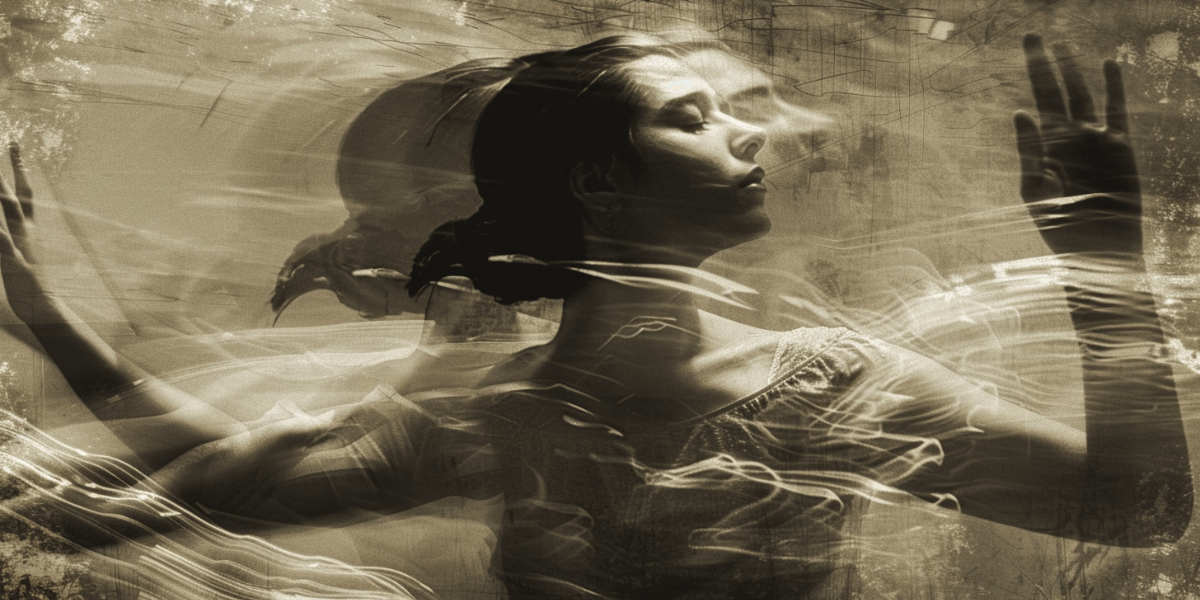
Many female artists have used their work to express the feminine. For example, the work of Georgia O’Keeffe, focusing on natural forms and the feminine experience, can be seen as an expression of feminine spirituality. Music is rife with female artists pushing the outside of the envelope on the feminine experience; Cardi B and Megan Thee Stallion use rap to express their desires, dreams, and dislikes while celebrating their own bodies as part of their art form. Taylor Swift does feminine spirituality with a different type of music; she is every-woman, singing about the things that happen to every woman and how she feels about them.
While art offers a powerful medium for expressing feminine spirituality, there are also significant challenges that women face in this process. Societal and cultural norms often pose barriers to women seeking to express their spirituality through art, and overcoming these barriers requires both courage and creativity.
Be brave and let your soul speak. The most famous artists who ever lived faced plenty of negativity yet did not stop. And that’s the best advice about creativity: do not stop.
Societal and cultural norms can pose significant barriers to women seeking to express their spirituality through art. These barriers can take many forms, from societal expectations about the role of women to cultural biases against certain forms of artistic expression. It's a complex landscape of challenges that women must navigate and is a part of building a stronger self.
Despite these challenges, there are strategies that women can use to successfully express their spirituality through art. These strategies include developing a strong personal artistic voice, seeking out supportive communities and mentors, and challenging societal and cultural norms through their work.
Art and creativity are crucial in expressing the feminine ethos, offering a powerful medium for communication and self-expression. Despite the challenges that women face in this process, there are ways that can help successfully express their connection to spirituality through art and so help to broaden understanding and acceptance of the feminine spirit, contributing to a richer and more diverse spiritual landscape.